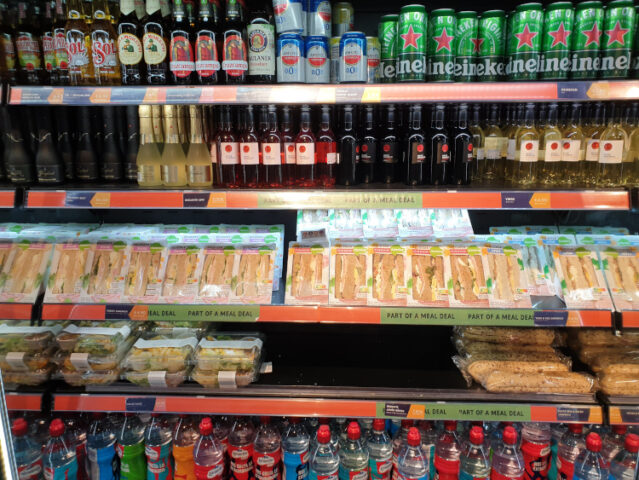Let’s face it, children are usually pretty clueless when it comes to healthy eating. Given the choice they’d quite happily eat gummy bears and biscuits and wash it down with fizzy fruit juice if given the chance. Establishing good eating habits and a solid understanding of which foods are good or bad will set up your children well for the future. How can we help kids make better choices?
Indeed, good nutrition leads to a longer, healthier life, and also to better concentration, more balanced behaviour and a whole wealth of other benefits, including better academic performance.
It may seem obvious to us adults, but children aren’t born with an intuition about what foods they should or should not be eating. This intuition needs to be developed and it can take many years, and it is continually tweaked even in adulthood.
How do we teach kids about healthy foods? Well, we often talk about food being either healthy or unhealthy. This is highly simplistic, and while kids might understand it, we can do better!
It may seem obvious to us adults, but children aren’t born with an intuition about what foods they should or should not be eating.
Yes, we can divide the world into health and unhealthy foods. Chocolate, clearly, is in the unhealthy column and broccoli, need I say it, sits smugly in the healthy column.
Other foods, however, exist where the distinction is not so easy to make. How much pizza should I be eating? How about white bread? What about pasta? Many people will have different opinions about such foods and while they may be healthier than a chocolate bar, they’re for sure not as good for you as steamed broccoli.
If the healthy group is only super healthy foods like vegetables, fruits and so on, it gives them an unattainable target for healthy eating. This also makes by implication makes the unhealthy column very large and a catch-all for anything that’s not basically grown on a farm. For a child then isn’t everything in this group equally unhealthy? Why shouldn’t your child eat biscuits all day, as there’s no real difference to anything else in the group.
Similarly, if the unhealthy group is too small it will only contain the really bad stuff. This way you end up pushing things like pizzas and chips potentially into the healthy column!

I propose to introduce a third group called “in the middle” and it’s neither healthy or unhealthy. This contains things which you shouldn’t necessarily avoid like the plague, but rather you can eat in moderation. This might include pizza, pasta, white bread, even dark chocolate. I tell my kids to eat a bit of a mix of foods from all three columns, but to generally mix “healthy” and “in the middle” foods, while minimising anything from the “unhealthy” group.
I’ve found this gives my kids a better orientation when it comes to understanding what it is they are eating and to understand the relative healthiness of their diet more easily.
| Bad | In the middle | Good |
|---|---|---|
| Milk/White Chocolate | Dark chocolate | Fruit and Veggies |
| Hotdog bread | Plain white bread / White baguette | Wholegrain bread |
| Cakes and puddings | Pizza | Nuts |
| McDonnald’s chicken nuggets | Salami (low fat) | Chicken goujons (home made) |
| Fried chips | Oven chips | Dried fruit |
| Sugary sweets | Cheese | Fish |
| Soda and sugary drinks | Milk | |
| Pancakes / Croissants / Pastries | Natural fruit juice (100% only) | |
| Pasta |
Diet is, of course, highly subjective. We each have different standards and dietary preferences. It’s not up to me to tell everybody what they should or should not be eating, but arranging foods into these three columns for yourself and your own family might be a fun exercise and help your children reflect on the relative healthiness of what they eat.


